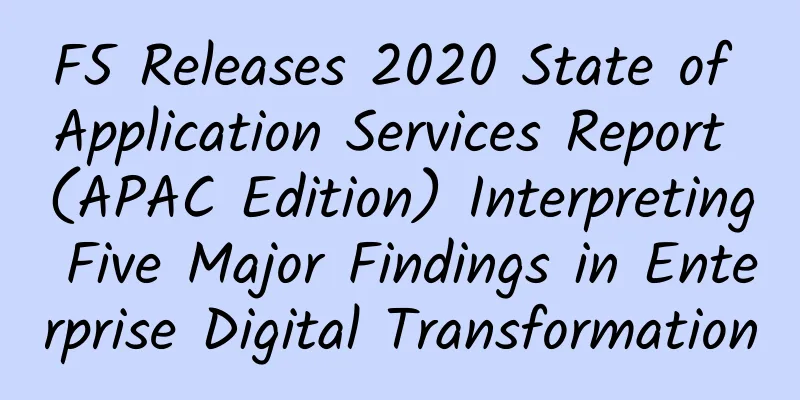One skill a day: You can make a mistake in splicing a URL, and write a crawler

|
When writing crawlers, we often need to parse the list pages of a website. For example, the following example:
The running effect is shown in the figure below: In this case, I think it is very simple to get the URL of each item. Just write an XPath, as shown below: If you look closely, you will find that each URL starts with http://127.0.0.1:8000. The address of the current list page is also http://127.0.0.1:8000. So for simplicity, you can use relative paths in the tags:
The running effect is shown in the figure below. Only half of the URL can be extracted using XPath: But the browser can correctly recognize such relative addresses, and when you click, it can automatically jump to the correct address: If the relative path starts with /, the main domain name of the website will be added to the front of the relative path. But what if the address of the current list page partially overlaps with the relative path of the link? As shown in the following figure: The address of the current page is http://127.0.0.1:8000/book. The relative address is /book/1.html. In this case, you can simplify it further by not adding a slash in front of the relative path and changing the HTML to:
The running effect is shown in the figure below: In this case, the browser can still correctly identify it, as shown in the following figure: The browser knows that if the relative path does not start with /, it will concatenate the URL of the current page with the relative path. But it should be noted that when concatenating, the part to the left of the rightmost slash will be taken. The part to the right will be discarded. It is equivalent to concatenating the file address with the folder where the file is located. As shown in the figure below: If you can't remember how to distinguish them, you can use Python's own urllib.parse.urljoin to connect, as shown below: Seeing this, you may think that I have written another article today. Is such a simple thing worth writing an article? So let's look at the following example: The domain name is http://127.0.0.1:8000/book/index.html, and the relative domain name is 1.html, but why is the URL automatically recognized by the browser www.kingname.info/1.html? The key to this problem lies in the tags in the source code:
If there is a tag at the head of the HTML code, the value of its href attribute will be used to concatenate an absolute path with the relative path, instead of using the URL of the current page. If you don't know this, your crawler may have problems when splicing sub-page URLs. The website can also use this mechanism to construct a honeypot. The URL spliced according to the tag is the real sub-page address, and the URL spliced with the current page URL is the honeypot address. When the crawler accesses it, it will capture false data or be blocked immediately. For a detailed description of the tag, please read: The Document Base URL element[1]. References [1] The Document Base URL element: https://developer.mozilla.org/en-US/docs/Web/HTML/Element/base |
<<: How powerful is WiFi7? Three times faster than WiFi6, as fast as lightning
Recommend
Wang Wei of SINO-Info: Five years of CDM efforts have made “using and managing data well” a reality
The famous writer Spencer Johnson once said, &quo...
Cisco unveils future networks that can self-learn, self-adjust and self-evolve
Cisco's next-generation network can continuou...
The Trump administration changes its policies overnight: the study visa rules are changed back to the old ones, and the new policy was aborted in less than a week
This article is reprinted with permission from AI...
After working for more than 6 years, I still don’t understand the principles and techniques of coroutines
[[432311]] Preface Hello, my friends! Dabai has w...
How is the SSH protocol? Why does a normal connection suddenly report an Identification error?
SSH SSH is mainly a connection protocol. Why do w...
A400: 199 yuan/year Hong Kong & US VPS - dual core, 2G memory, 30G-50G hard disk, 1TB monthly traffic
A400 Interconnect is a Chinese merchant founded i...
LOCVPS Korea/Germany/Netherlands VPS 30% off, Korea VPS (2GB/60GB/600GB) monthly payment starts from 38.5 yuan
LOCVPS (Global Cloud) released a promotional plan...
[11.11] CUBECLOUD 15% off all items, Los Angeles special monthly payment starting from 20 yuan, annual payment buy one get one free
CUBECLOUD is a Chinese hosting company founded in...
Rather than calling it a skill, it is better to call it a history of blood and tears. Do you really know how to choose a router?
Whenever I am praised for my shopping skills, I c...
WOT Cheng Chao: Alibaba's monitoring development path from automation to intelligence
[51CTO.com original article] On May 18-19, 2018, ...
HostYun: Los Angeles CN2 GIA line cheap version online, 1GB memory package monthly payment starts at 15 yuan
HostYun recently launched a low-cost package for ...
RAKsmart: Japan/Korea independent server replenishment, large bandwidth, unlimited traffic, CN2+BGP line
At the beginning of the month, I shared RAKsmart&...
SDN reshapes enterprise networks and changes the role of network managers
We have seen that many operators have significant...
China Telecom and Huawei establish a joint business innovation center to achieve win-win business through innovative cooperation models
China Telecom and Huawei jointly announced the es...
5G network speed is not as fast as 4G. Is this a trick of the operators?
Do you often hear descriptions like “5G Internet ...









